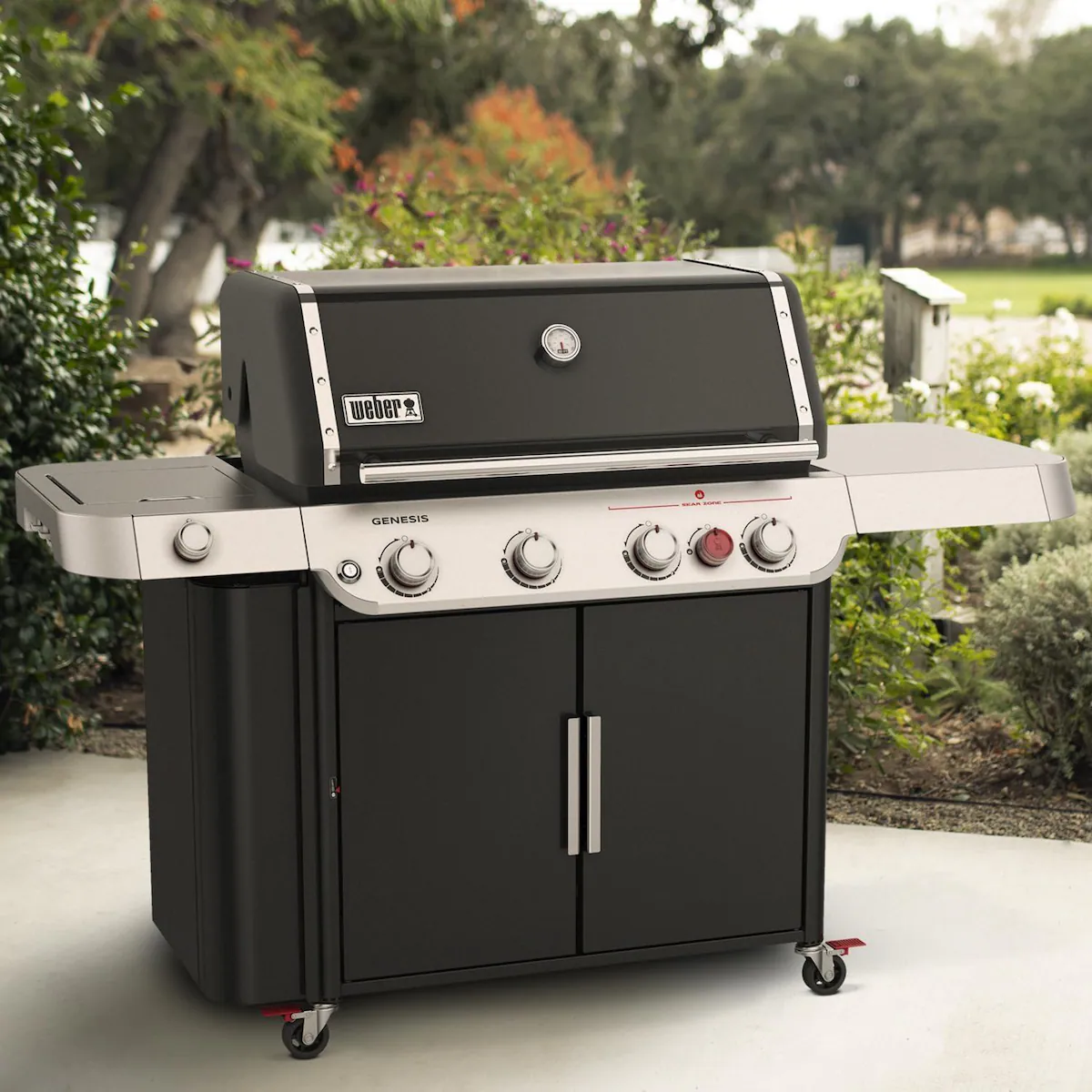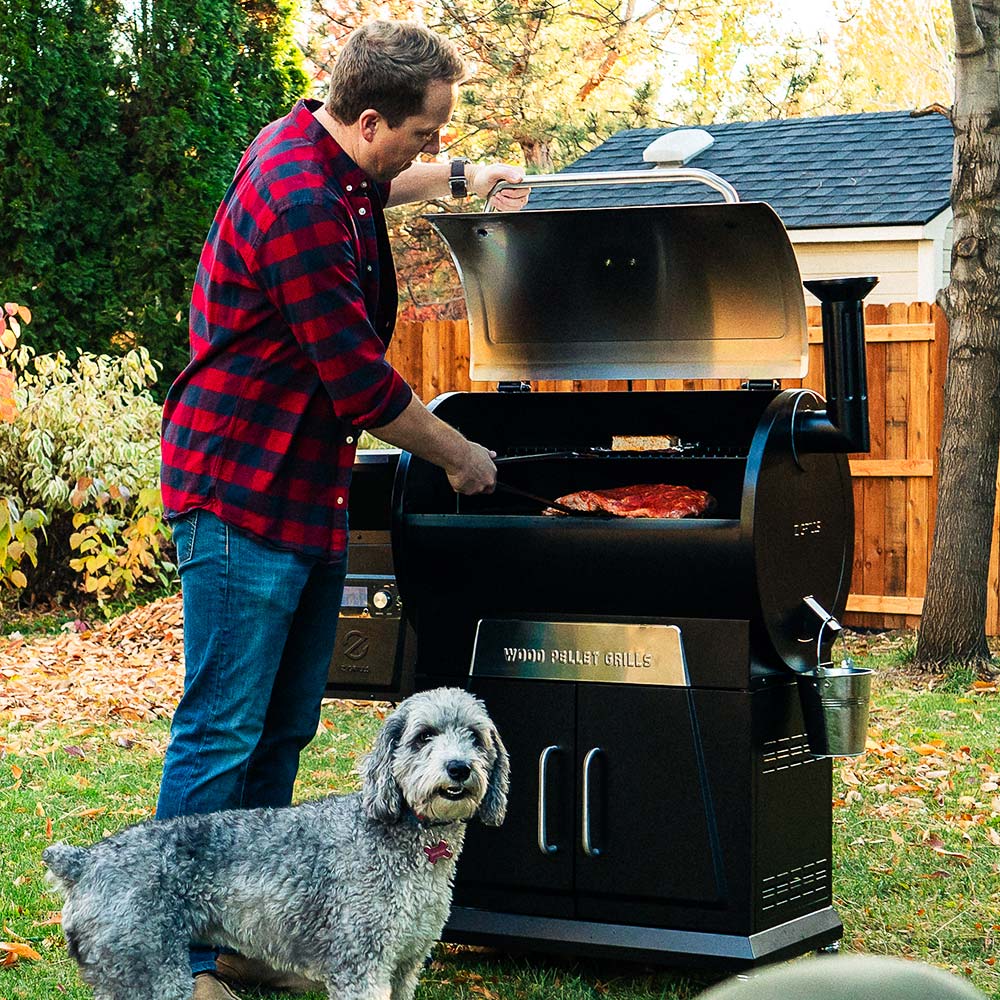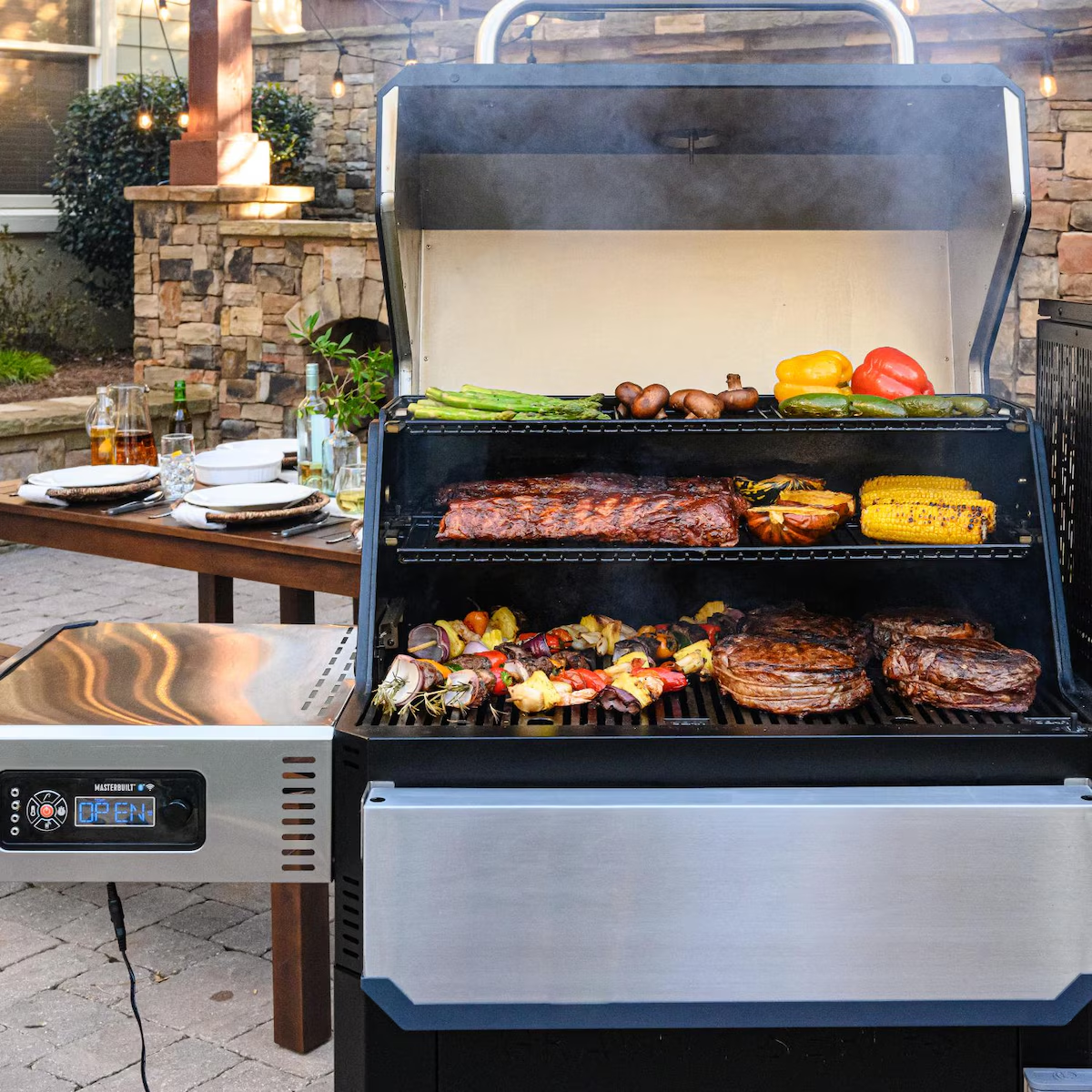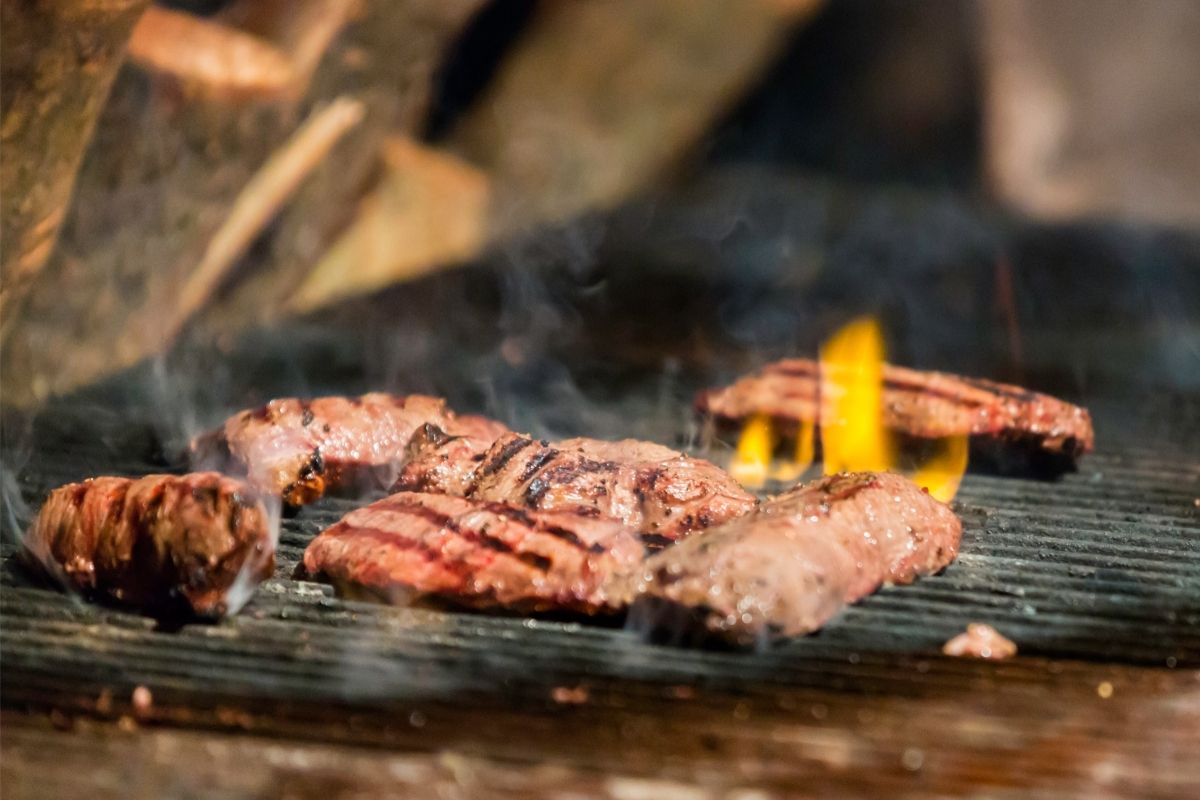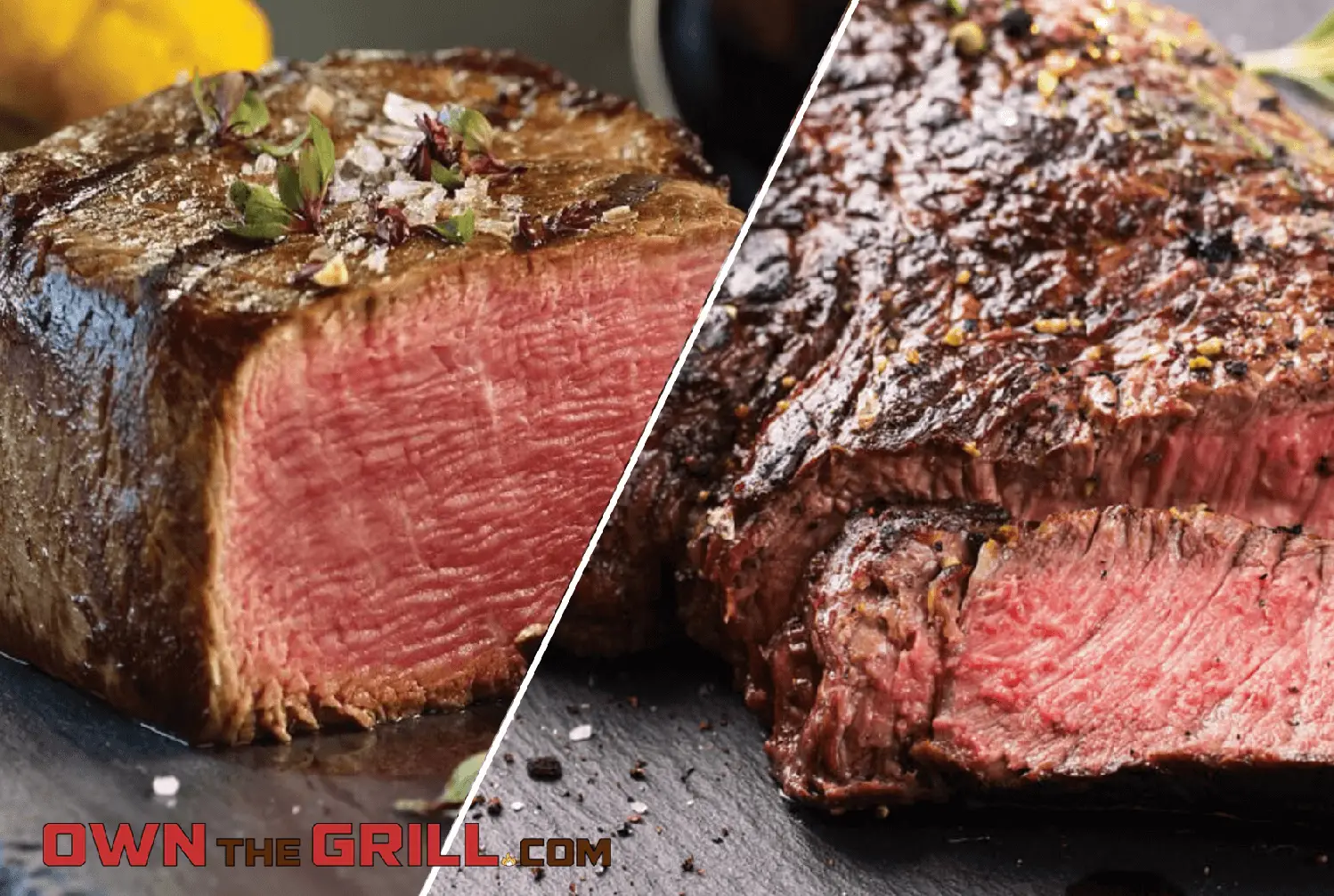I have to say there’s something truly magical about turning this initially tough, muscle-bound chunk of beef into a succulent masterpiece. So, what is brisket? Brisket is a richly flavorful cut of beef from the lower chest of the cow, cherished by barbecue enthusiasts worldwide—and for good reason! Sure, brisket starts tough because it’s a workhorse muscle, bearing much of the cow’s weight, filled with dense connective tissues. But when you patiently cook it low and slow, those tough fibers break down into tender deliciousness. Honestly, the transformation from tough to tender is one of the most rewarding culinary experiences for any barbecue fan—and biting into that melt-in-your-mouth texture after hours of smoking makes all the effort entirely worth it.
Brisket Cuts: Flat and Point Explained
Brisket consists of two primary sections: the flat and the point. The flat, or first cut, is leaner with uniform thickness, making it excellent for slicing and serving in sandwiches or plated dishes. The point, or second cut, is more marbled with fat, resulting in juicy, flavorful bites. Pitmasters commonly use the point to create burnt ends, a delicacy known for its intensely smoky, caramelized exterior and succulent interior. Many butchers sell brisket as a whole packer cut, including both the flat and the point, providing versatility for various recipes.
How to Choose the Best Brisket
Selecting the perfect brisket is like finding that hidden gem at your favorite local barbecue joint—it can make or break your cook! As someone who’s been around the block more times than I can count, let me share a few nuggets of wisdom for choosing a brisket that’ll truly elevate your BBQ game. Here’s what to look for:
- Even Marbling: Look for briskets that boast evenly dispersed fat throughout the meat. This marbling is essential because those flecks of fat melt during slow cooking, basting the meat from within for incredible tenderness and flavor. Think of it as nature’s way of saying, “I made this just for you!”
- Size & Thickness: A brisket with a uniform thickness ensures even cooking from edge to center. Keep in mind that a larger brisket might seem impressive, but consistency is key if you want every bite to be perfectly cooked. Whether you’re in it for a laid-back family dinner or a backyard competition, select one that best suits your cooking space and time commitment.
- Freshness & Color: Fresh brisket should present a vibrant red color, and the fat should be a creamy, bright white. This visual cue means you’re getting a product that’s not only visually appealing but also likely to deliver on flavor. Remember, a brisket that looks dull or has discolored edges might not live up to its full smoky potential; buyer beware.
- USDA Grade: For the ultimate brisket experience, keep an eye out for USDA Prime or Choice grades. These selections are known for superior marbling and quality, guaranteeing a juicy, flavorful result that’s well worth the slightly higher price tag. It’s a small investment for a big payoff at your next cookout! Some high quality purveyors like Certified Piedmontese actually may not have a USDA Choice designation, but that’s due to the nature of Piedmontese beef.
- Talk to Your Butcher: Don’t hesitate to chat with your local butcher—they’re a goldmine of information. They can offer insights on the best cuts available and even provide tips on how to prepare your brisket perfectly. And if you’re in a pinch without a neighborhood butcher, several online retailers like Snake River Farms, Porter Road, and Certified Piedmontese offer top-notch brisket shipped right to your door. I’ve used all 3 services and love them.
In my experience, when you combine these factors, you’re set for success. A top-notch brisket isn’t just a meat selection—it’s the start of an unforgettable culinary adventure. And trust me, when that brisket starts sizzling, you’ll know you made the right choice!
Cooking Brisket: Techniques & Tips
What is brisket without the right equipment?
Using quality equipment not only elevates the cooking experience but also ensures your brisket turns out tender and flavorful every single time. Here’s a comprehensive list that combines our top grill recommendations with additional essential tools for a complete setup:
Premium Free-Standing Gas Grill:
The Weber Genesis S-435 offers exceptional performance with 994 square inches of cooking space. It uses propane or natural gas, and its premium stainless-steel burners along with precise temperature controls make it ideal for maintaining consistent heat throughout your long, slow cooking process.
A solid pick for anyone who wants a grilling machine ready to take on backyard BBQs and family BBQ nights.
Workhorse Pellet Grill:
The Z Grills 700D4E provides a generous 697 square inches of cooking space, operating on wood pellets to infuse that authentic smoky flavor. Its accurate temperature control and uniform heat distribution make it a fantastic choice for both beginners and experienced pitmasters.
Over 500+ 5 star reviews won't lie: plenty of cooking space, wifi-enabled control for precision smoking.
Electric Smoker Options:
Masterbuilt’s high quality vertical smokers come with plenty of cooking space and user-friendly digital temperature controls. They’re well-insulated design ensures consistent heat retention—perfect for overnight smoking sessions or when cooking in colder weather.
A high-quality and versatile charcoal and smoker combo grill that has plenty of space for your big backyard cookouts.
Slicing Knife:
A high-quality, long-bladed slicing knife is essential for achieving clean, even cuts without losing those precious juices. Choose a knife designed specifically for slicing through tender, slow-cooked meats like brisket.
Cutting Board for Brisket:
A sturdy, large cutting board with a groove along the edge is a must to catch juices and keep your workspace tidy while slicing. This not only makes cleanup easier but also helps preserve every drop of that delicious, savory flavor.
Meat Thermometer:
An accurate probe thermometer is indispensable for monitoring the internal temperature of your brisket, ensuring it reaches the optimal 195°F to 205°F for that perfect, fall-apart tenderness.
Pink Butcher Paper:
I’m a huge fan of wrapping my brisket in pink butcher paper. It strikes the perfect balance—allowing the meat to breathe while still retaining enough moisture for a juicy interior and a crispy, flavorful bark. It’s a game-changer in the world of slow smoking!
High-Quality Tongs & Spatula:
Sturdy, long-handled tongs and a spatula are vital for safely handling your brisket, repositioning it during cooking, and managing any flare-ups that arise.
Basting Brush or Mop:
Whether you prefer to apply a flavorful sauce or a spritz of liquid during the smoke, a good basting brush or mop helps evenly distribute moisture and seasoning across the brisket’s surface.
Spray Bottle:
A reliable spray bottle filled with apple juice, vinegar, or a diluted marinade is perfect for occasional spritzing, which helps maintain moisture throughout the smoking process.
Drip Pan:
A drip pan not only catches the rendered fat and juices during cooking—minimizing flare-ups—but also helps add a bit of ambient moisture to your smoker for an even, juicy finish.
Heat-Resistant Gloves:
Protect yourself while handling hot equipment and brisket by investing in quality, heat-resistant gloves. They’re indispensable for maintaining safety during those critical moments of adjusting your setup or checking on your meat.
Timer or Kitchen Clock:
With the precise timing needed (roughly 1.5 hours per pound), a reliable timer or kitchen clock ensures you stay on track through every step of the process.
Wood Chip or Pellet Storage Organizer:
For those dedicated to smoking, keeping your wood chips or pellets neatly organized and dry is crucial for consistency. An organizer or dedicated container can streamline your workflow and ensure you’re never caught short of fuel.
Each of these pieces of equipment plays a key role in making your brisket-cooking process efficient and enjoyable. Over the years, I’ve discovered that it’s the little details—from using pink butcher paper to investing in a good meat thermometer—that truly set the stage for a memorable, delicious barbecue experience.
What is brisket without Pink Butcher Paper?
I personally favor wrapping brisket in pink butcher paper over aluminum foil. This method allows the brisket to breathe slightly, helping preserve the coveted bark’s crispness. At the same time, it traps enough moisture to ensure the meat remains juicy and tender, striking the perfect balance every time.
FAQ: Quick Brisket Answers
What animal does brisket come from? Brisket is sourced from beef, specifically from the lower chest area of the cow. This cut supports much of the animal’s weight, which explains its toughness and why it’s perfect for slow-cooking. Over the years, understanding the origin of brisket has deepened my appreciation for its transformation during the smoking process.
Why is brisket popular in BBQ? Brisket is popular in BBQ because its slow-cooked process turns a tough cut into a tender, flavorful masterpiece. The unique balance between fat and lean meat, paired with the development of a delicious bark, makes it a favorite among barbecue enthusiasts. It’s not just about taste—it’s about the ritual and technique that has been perfected over generations.
What’s the best cooking method for brisket? The best cooking method for brisket is low and slow smoking at temperatures between 225°F and 250°F. This method allows the connective tissues to break down gradually, resulting in a melt-in-your-mouth texture. Personally, I find the art of slow-smoking to be one of the most satisfying aspects of barbecue; it teaches patience and precision.
How long does brisket take to smoke? Brisket typically takes about 1.5 hours per pound to smoke, meaning a 12-pound brisket could take roughly 18 hours. This timing ensures that the meat reaches the ideal internal temperature and develops the full depth of flavor. While the process might seem lengthy, each minute is essential for that perfect transformation.
Do you cook brisket fat-side up or down? It’s best to cook brisket with the fat side down, as this position protects the meat from direct heat and aids in developing a robust bark. This technique allows the melting fat to baste the meat gradually, contributing to both flavor and tenderness. Through years of trial and error, I’ve found that this approach consistently enhances the overall texture of the brisket.
What internal temperature should brisket reach? Brisket should reach an internal temperature between 195°F and 205°F to achieve ultimate tenderness. At this range, collagen breaks down fully, resulting in a juicy, tender meat. Monitoring this temperature carefully is crucial—it’s the hallmark of a properly executed slow-cook.
Can you freeze cooked brisket? Yes, cooked brisket can be frozen with great success. When properly wrapped in airtight packaging, it can maintain its quality for up to three months. This is a handy tip for those who want to enjoy delicious leftovers without sacrificing flavor or texture.
How do you reheat leftover brisket? The best way to reheat leftover brisket is by gently warming it in an oven set to 325°F, with a splash of beef broth to keep it moist. This method preserves the integrity of the meat while ensuring it stays juicy and full of flavor. Just remember to cover the brisket to prevent it from drying out during reheating. I know people will microwave to reheat brisket, but I’d highly suggest using an oven and some moisture to ensure you don’t lose the flavor you worked so hard to get.
What wood is best for smoking brisket? Oak and hickory woods are widely considered the best choices for smoking brisket. They impart a robust, smoky flavor that complements the meat without overpowering its natural taste. Experimenting with these woods has often yielded that ideal balance of smoky complexity that every pitmaster strives for.
Is brisket expensive? Brisket is generally more affordable compared to other premium cuts like ribeye or tenderloin, though pricing can vary depending on the beef grade and regional availability. USDA Prime or Choice grades offer superior marbling and flavor, often justifying their price tags. In my experience, investing a little extra in quality brisket pays dividends in flavor and tenderness.
What is brisket “bark”? Brisket “bark” refers to the delicious, crusty exterior formed by the caramelization of the dry rub and rendered fat during the smoking process. It’s one of the most celebrated features of a well-cooked brisket, adding texture and concentrated flavor to every bite. Many barbecue enthusiasts, myself included, consider that crisp bark to be a sign of successful cooking.
What’s the difference between brisket flat and point? The brisket flat is leaner and has a consistent thickness, making it ideal for slicing, while the point is fattier, richer, and often used for creating burnt ends. Each cut brings its own flavor profile and texture to the table, allowing for versatility in serving options. Choosing between the two often depends on personal preference or the specific recipe you’re aiming to achieve.
What are brisket burnt ends? Brisket burnt ends are flavorful, caramelized cubes typically cut from the point end of the brisket. They’re double-smoked and often sauced, resulting in a delightful mix of crispy exteriors and tender interiors. Enjoying burnt ends is like savoring a concentrated burst of all the careful work that goes into smoking a perfect brisket.
Can you cook brisket in an oven? Absolutely, brisket can be cooked in an oven, typically roasted at a low temperature around 275°F. While it may not achieve the full smoky depth of a traditional smoker, using techniques like liquid smoke or a smoker box can help mimic those classic flavors. It’s a great alternative when outdoor smoking isn’t an option, and the end result can still be impressively tender.
Why do pitmasters rest brisket? Pitmasters rest brisket to allow the internal juices to redistribute evenly throughout the meat, which enhances both flavor and moisture. Resting typically takes about 30 minutes to an hour and is a crucial final step to ensure every slice is as juicy as possible. Over my years of smoking, I’ve learned that skipping the resting period is one of the quickest ways to compromise a brisket’s flavor and texture.
Discover more from Own The Grill
Subscribe to get the latest posts sent to your email.


